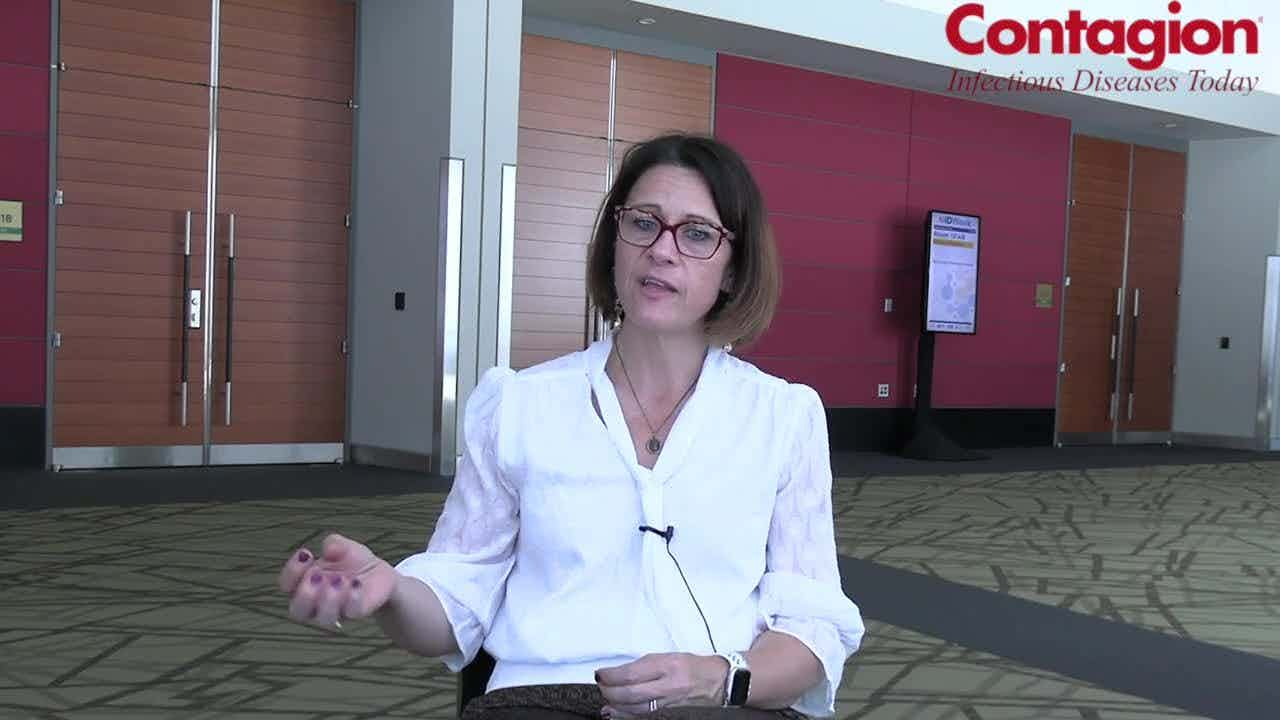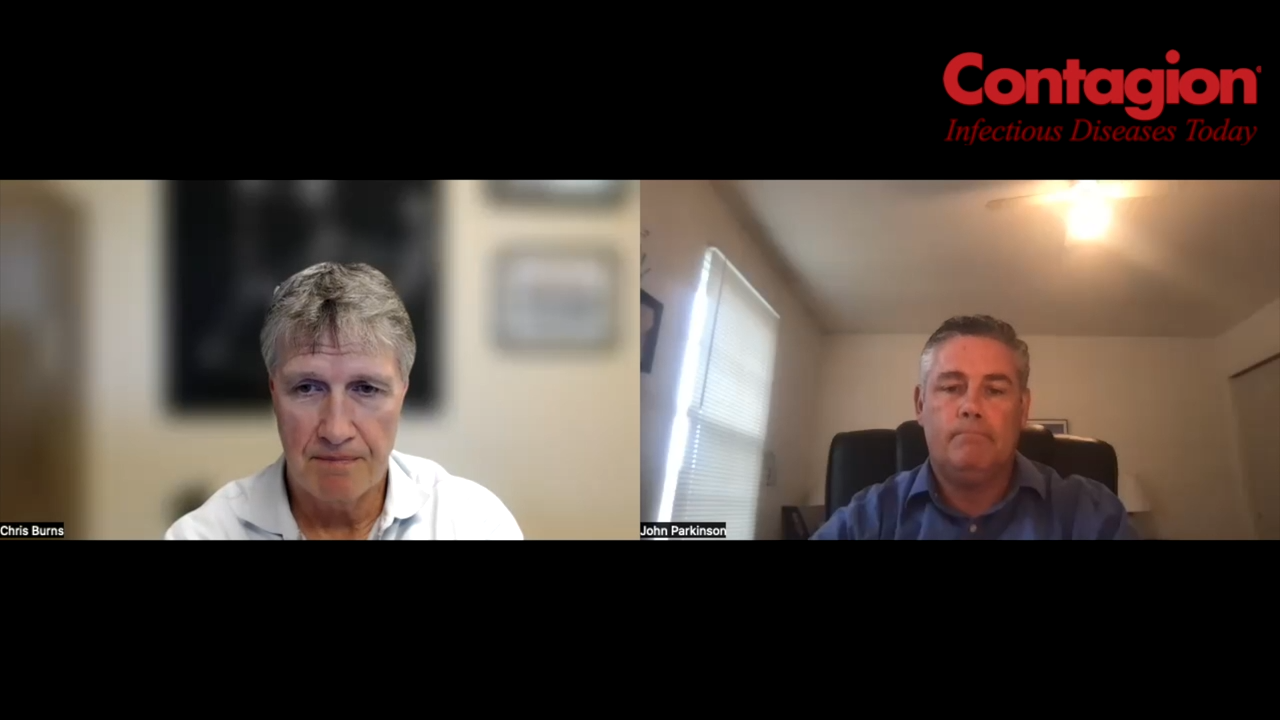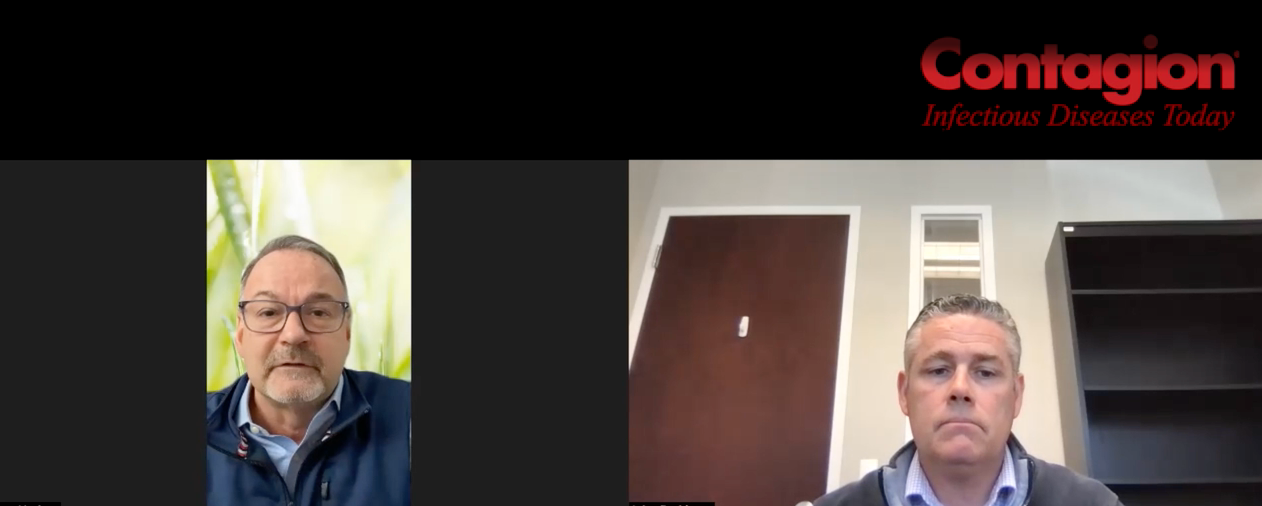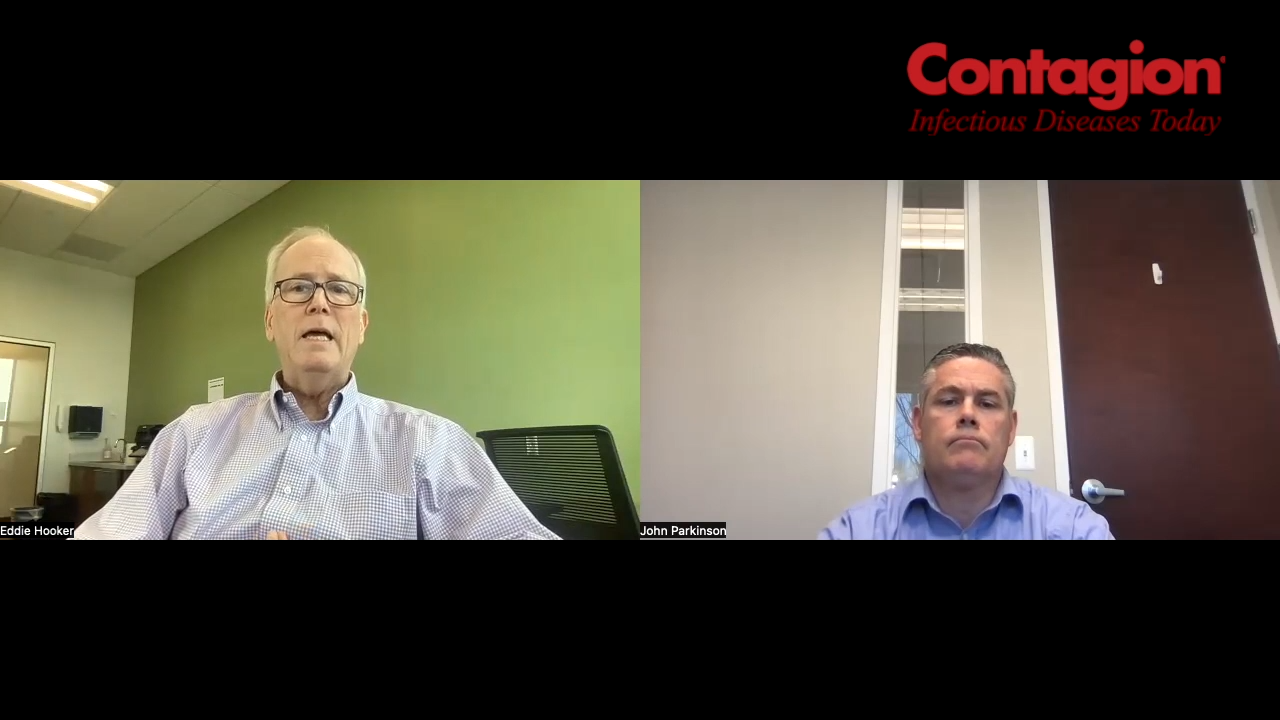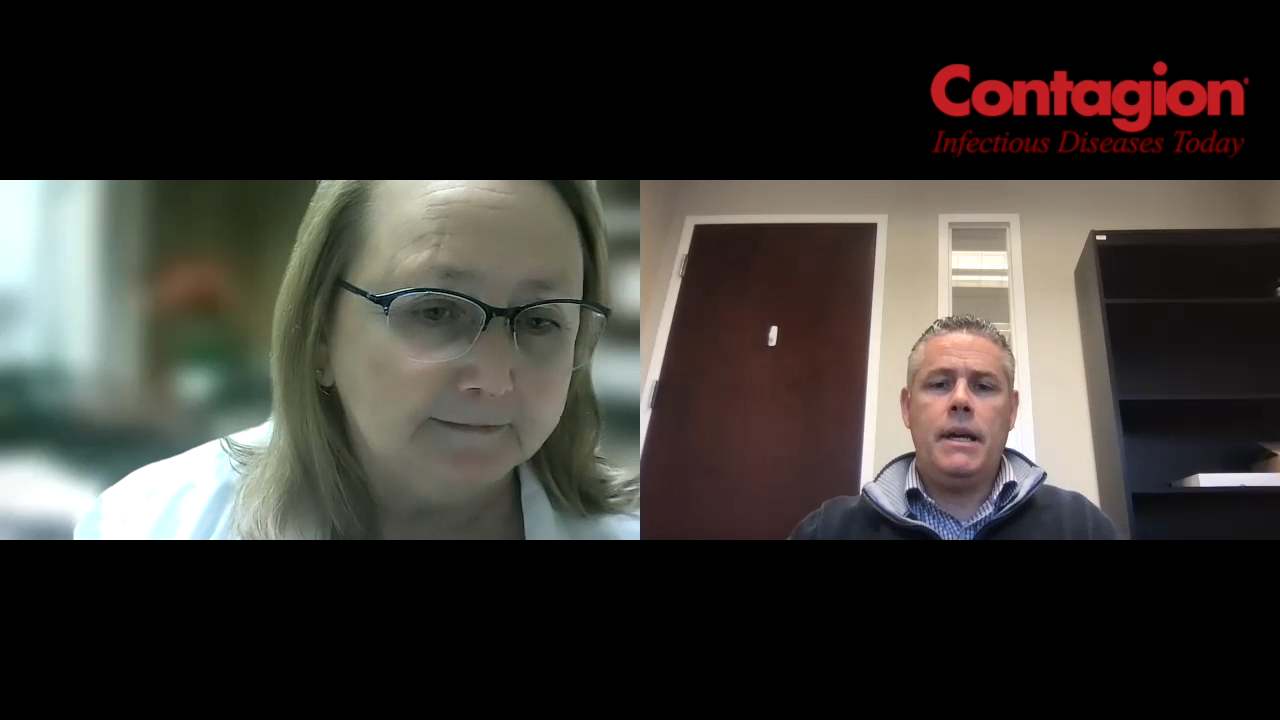How One Hospital Won a Battle Against an Outbreak of Two Virulent Superbugs
One intensive care unit utilized advanced infection control efforts to tackle an outbreak and won.
Intensive care units (ICUs) are challenging environments for infection control. Patients are critically ill and many services and specialties are often required throughout their care. Complex care translates to more people and equipment, which means there are more opportunities for microbes to enter the patient. In the case of La Paz University Hospital in Spain, this was just what occurred.
The 1,200-bed acute care center works to care for a population of 785,000. The center’s infection control team had their work cut out for them recently as they fought off a double outbreak of OXA-48-producing Enterobacteriaceae (OXA-48-PE) and multidrug-resistant Acinetobacter baumannii (MRAB). Enterobacteriaceae can produce several different kinds of carbapenemase and in Spain, OXA-48 is the most common. Acinetobacter baumannii is another organism that preys upon weakened patients and often causes healthcare outbreaks, especially with its growing capacity for drug resistance. From July 2015 to October 2015, the infection control team began identifying a surge in cases of patients infected or colonized with OXA-48-PE or MRAB.
The hospital maintained strict infection control practices prior to the outbreak, especially when it came to drug-resistant organisms. “All ICU patients are systematically subjected to rectal and pharyngeal screening at the time of admission to detect colonization by multidrug-resistant bacteria and carbapenemase-producing Enterobacteriaceae,” the authors wrote. “In addition, a weekly screening is performed on all patients. The clinical specimens were requested at the unit medical staff’s criteria.” The main points of focus were during the outbreak (May 2015 to October 2015) and post-intervention (November 2015 to April 2016). In total, 13 patients were colonized/infected by OXA-48-PE and 18 patients were infected by MRAB.
Responding to this surge of cases, the hospital infection control team implemented several advanced measures to stop the spread. The ICU received a deep clean using 500-ppm chlorine solution and reinforcement of hand hygiene and contact precautions for all patients. Affected patients were isolated in a specific area of the ICU and cared for by designed staff. Vaporized hydrogen peroxide (VHP) was used to decontaminate the area after cleaning with the chlorine solution. The infection control team also utilized 4% chlorhexidine soap for daily hygiene in the affected patients and took environmental samples before and after the decontamination with VHP. The environmental samples were taken from bed rails, mattresses, respirators, taps, washbasins, and sinks. The weekly pharyngeal and rectal screening was also increased to twice a week. Upon discharge of a colonized or infected patient, a double cleaning was performed with the chlorine solution. Hand hygiene monitoring was also supervised.
The control efforts were successful and further transmission of the 2 organisms was halted. The incident of OXA-48-PE was 3.48% prior to interventions and 0.8% following, while that of MRAB was 4.81% before and 0% after. Prior to decontamination with VHP, 4.5% of environmental samples were positive for OXA-48-PE and after, only 1.4% tested positive.
Infection control efforts focused on environmental decontamination and the use of VHP highlight the role of environmental contamination in disease transmission. Although every hospital has its own characteristics that make transmission more or less likely, the lessons learned from this outbreak can provide guidance that many hospitals can follow.











